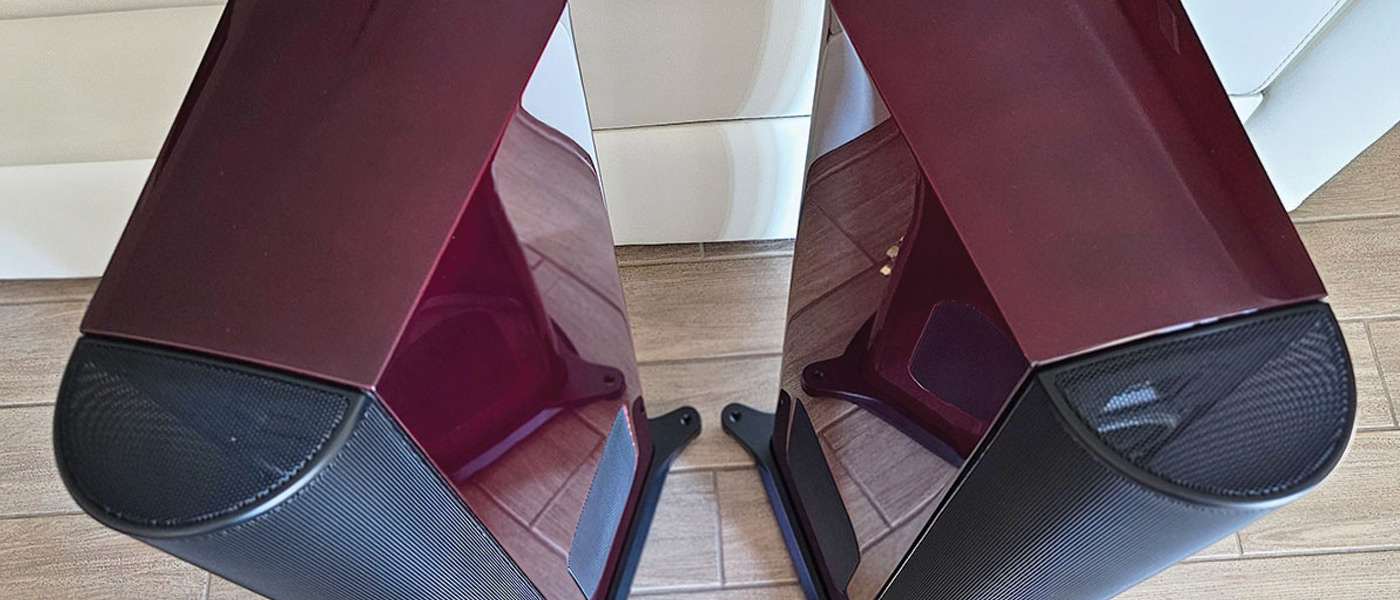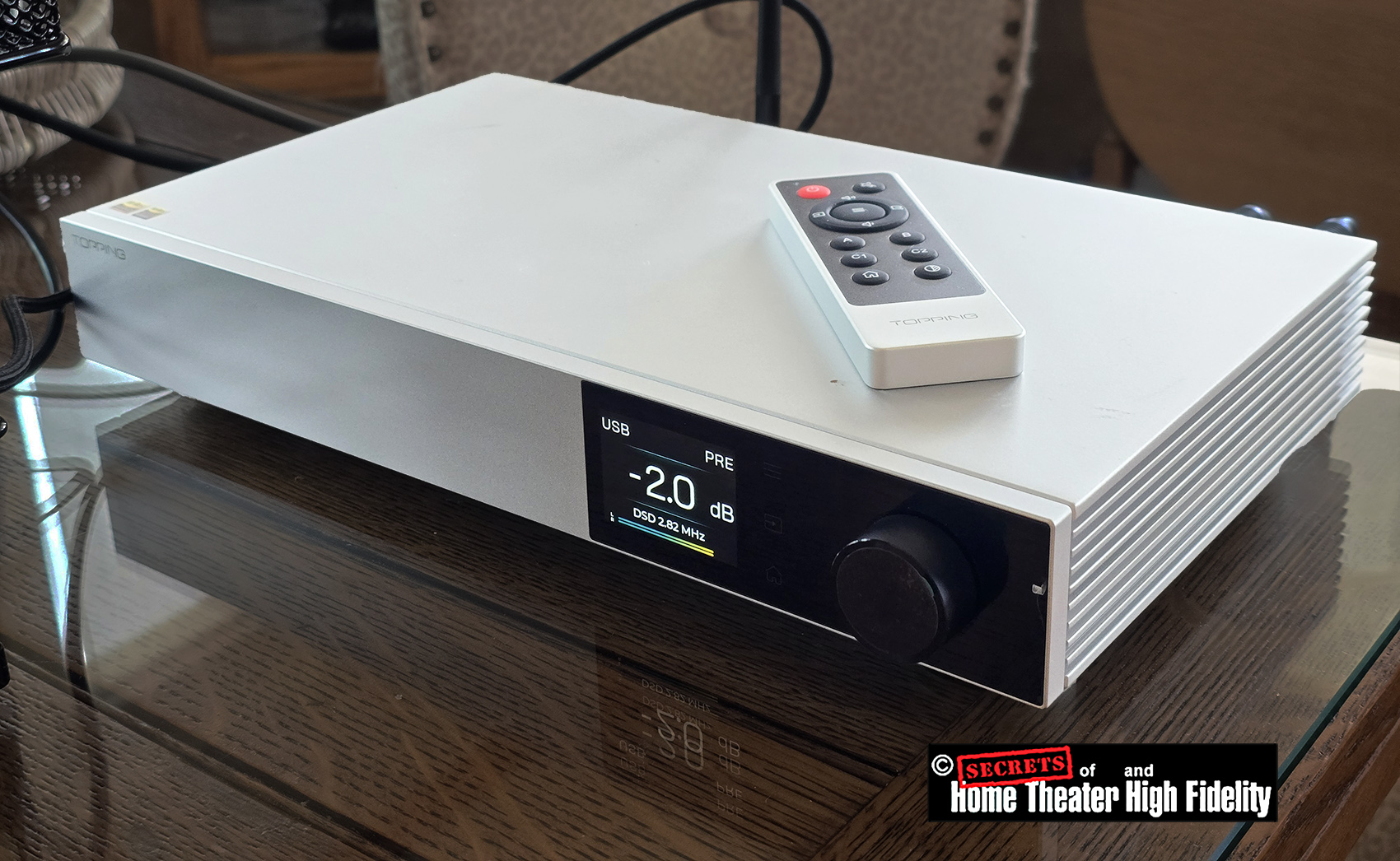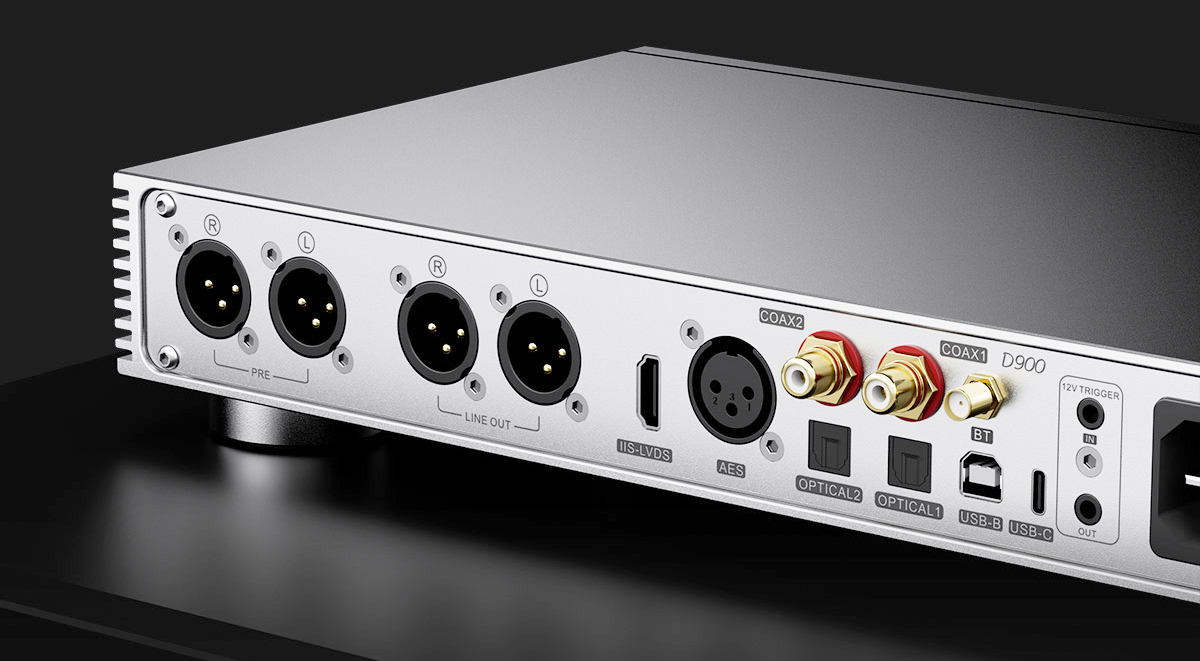The Basics:
In the world of high-fidelity audio, digital-to-analog converters (DACs) remain the cornerstone of system performance. Regardless of how advanced an amplifier or loudspeaker may be, the sound quality is ultimately shaped by the DAC’s ability to translate digital data into an analog waveform with absolute precision.
THD+N (A weight):
≤0.00005% @ 1 kHz
THD+N (No weight):
≤0.00015% @ 20 Hz -20 kHz
SNR (A weight):
131 dB @ 1 kHz
Frequency Response:
20 Hz to 20 kHz (+/- 0.3 dB)
Output Level:
4.2 Vrms @ 0dBFS (4V Mode)
5.2 Vrms @ 0dBFS (5V Mode)
Dimensions:
33 × 21× 5.7 cm (12.9″ x 8.3″ × 2.3″)
Net Weight:
2.52 kg (5.6 lbs.)
Product Name:
Topping D900 DAC
Product Type:
Digital-to-Analog Converter
MSRP:
$1,799 USD
Website:
Company:
The Rundown:
Low distortion and low noise are not just technical ideals; they directly determine how faithfully the subtle details of music are reproduced, from the delicate decay of a cymbal to the rich harmonics of a cello. For audiophiles, a DAC that minimizes artifacts and delivers pure, transparent conversion is essential for achieving a truly immersive listening experience.
The Topping D900 introduces a proprietary PSRM (Precision Stream Reconstruction Matrix) architecture — distinct from both traditional Delta–Sigma chips and R-2R ladder DACs. Its goal is to combine the purity of a 1-bit design with the linearity and smoothness of multi-bit averaging. Instead of one 1-bit stream, the D900 runs 32 resistor–switch paths in parallel. Each path is slightly time-shifted (phase-staggered) so they don’t all toggle at once.
The Follow-Up:
We have reviewed several Topping DACs in the past, including the D90SE and the D10S. So far, the new D900 is looking like it may very well set some new performance benchmarks over previous models. Look for my thorough review, complete with bench tests, to be published on the Secrets website very soon.




